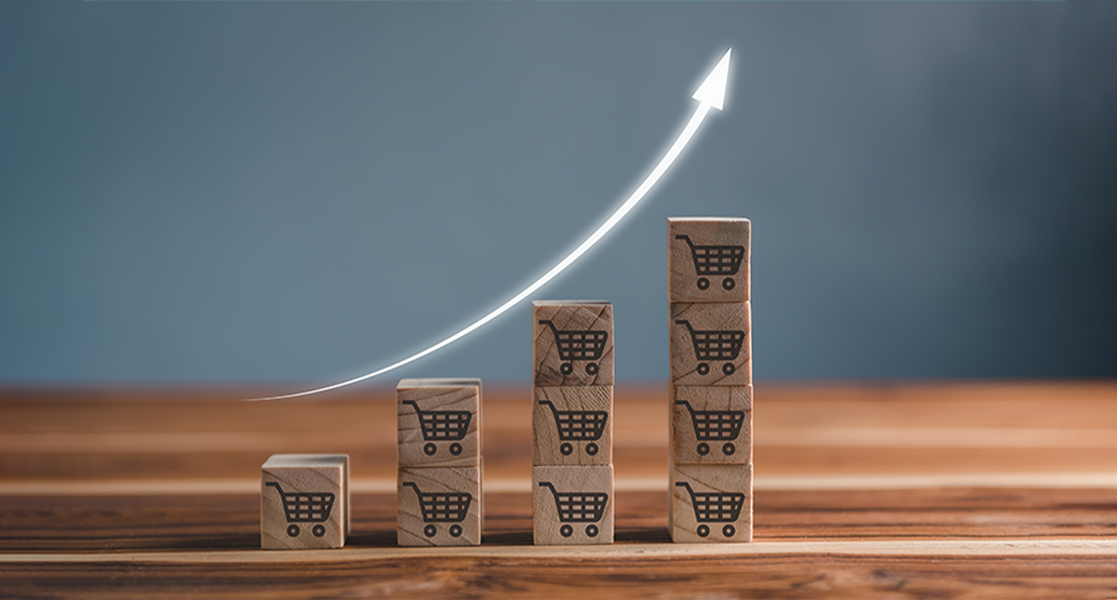Payment Trends in India
India, a predominantly cash economy, has adopted digital payments at an unprecedented rate. In 2021, India’s UPI (United Payments Interface) ended on a high note. UPI recorded 4.56 billion transactions worth Rs 8.27 trillion in December, according to the National Payments Corporation of India (NPCI). Banks, fintech, regulators, and the government must collaborate on India’s journey. NPCI continues to introduce new mechanisms to facilitate easy and transparent digital payments. UPI solutions will continue to drive digital payments adoption in the country with the help of as it offers:
- A large QR-code-based merchant acceptance network
- A user-friendly interface
- An innovative offering and
- An open API ecosystem
BNPL – Buy Now Pay Later
Globally, the BNPL payment option has spread fast. It is a short-term credit product with no fees or interest charges. As a result of its ability to offer installment products, merchants around the world are adopting it. Customers are attracted to its simple pricing models, convenience, and ease of use (no credit history required). Customers can now more easily avail buy now pay later via EMI thanks to Innoviti’s partnership with top banks.
Tokenization
Tokenization refers to converting confidential data, such as credit card numbers (PAN or CVV), into dummy data, before sending it over the internet. With Tokenization, existing digital payment systems will become safer, faster, and effortless. By providing a token with each transaction, tokenization prevents fraud associated with digital payments.
Reward Points
The growth of eCommerce has gone hand-in-hand with the growth of loyalty programs that offer points for payment. Customers can easily apply vouchers to their cart with mobile loyalty programs, which don’t require plastic cards because they’re managed through an app. Loyalty points and rewards programs have been widely used to increase brand engagement and retention.
Smart Payments Routing
Smart Payment Routing automates the process of optimizing transaction approvals, which can increase revenue and improve customer relations. A rise in online purchases led to a rise in false declines. Before the pandemic, 2.6% of orders were rejected due to false declines. Integration between merchants and payment service providers was simplified with smart payment routing. This can route transactions to the best-performing processor, resulting in a higher approval rate.
Recurring Payment
Customers are able to simplify their lives with this sought after feature. Hectic schedules can cause payment avoidable payment delays and defaults. Subscriptions and recurring payments play an integral role in our lives, and auto mode allows for this through a monthly subscription with an automated payment system.
Real-time Payment
This form of payment is gaining popularity due to its immediate fund availability, convenience, ease of use, transparency, and security. This service sends real-time alerts and also offers invoices with payments, payment requests, and account statements. Globally, India is ranked the highest in 2020, with 25.5 billion transactions.
Contactless Payments
Contactless cards facilitate quicker checkouts and departures. Additionally, contactless payments are more reliable than chip-and-pin payments. With Near-Field Communication (NFC) payment technology, customers can pay with their mobile by tapping or waving their devices, offering enhanced security standards and ease of use. Due to the increase in smartphone usage, QR-based payment options and other contactless payment methods will continue to grow. Innoviti has already integrated UPI and Bharat QR options at its terminals with a recent tie up with HDFC’s Digipos suite of services.
Role of Innoviti in Digital Payments
Innoviti, a payment solutions provider, uses big data to transform simple payment transactions into powerful tools for purchase. By doing so, a merchant can offer consumers more and better products. Innoviti leverages its patents for its technology to address common but unaddressed issues like double debits in payment systems. With Innoviti, every Indian can make better purchases.
Conclusion
Customers’ preferences are changing rapidly, and older technologies are getting obsolete at an unprecedented rate. Companies hence must invest in new payment solutions like Innoviti to gain a larger share of customer payments to remain relevant.
